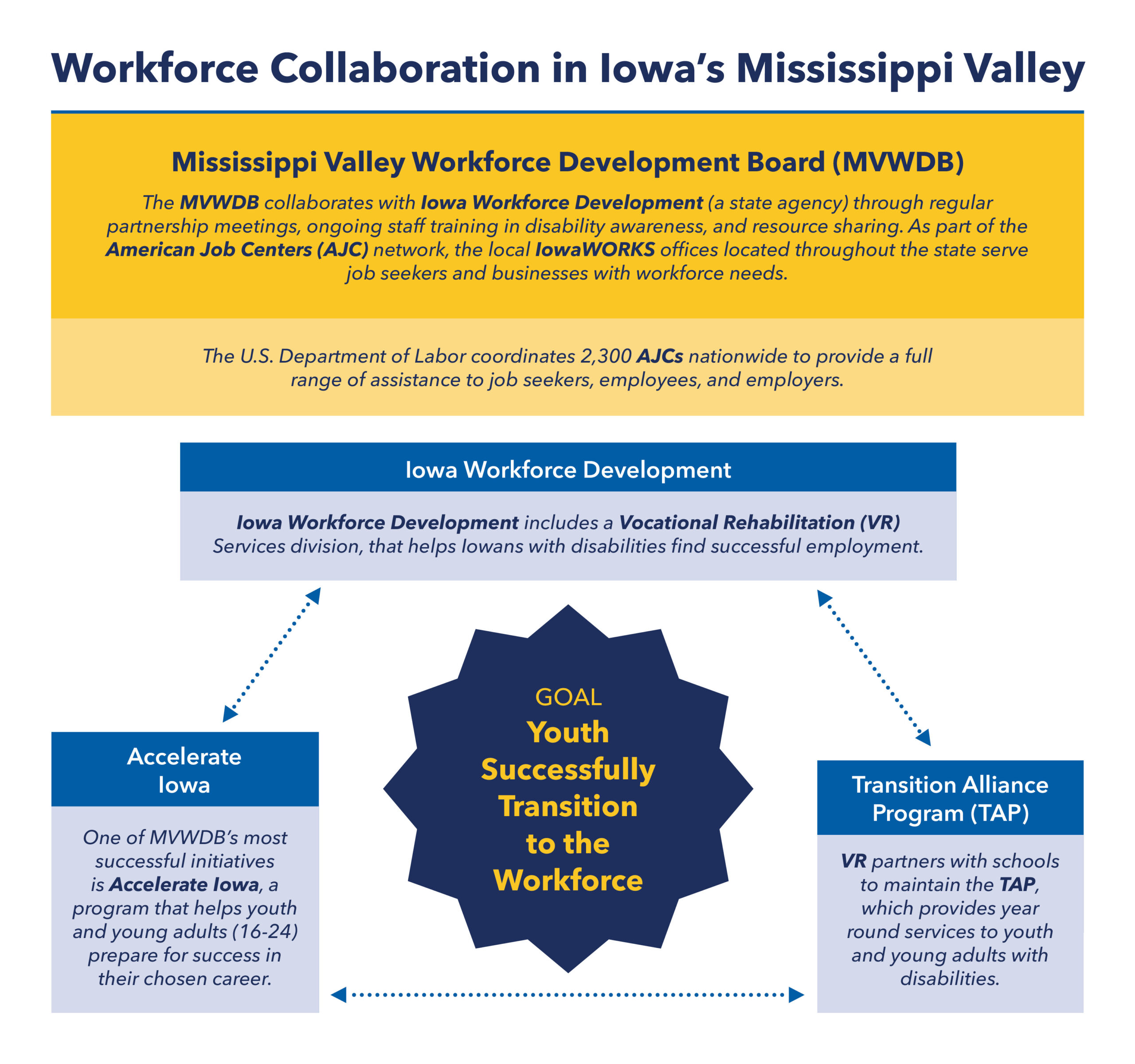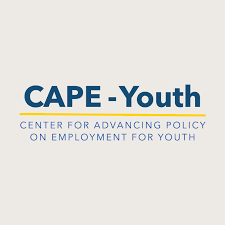By Mary Greenfield

National Apprenticeship Week is November 17–23, and there’s no better time to highlight the value of registered apprenticeship programs (RAPs) as a proven pathway to employment for youth and young adults. With historic levels of federal investment in high-demand industries such as manufacturing, construction and clean energy, these good jobs require a pipeline of trained talent that RAPs can help fill.
Fortunately, federal and state governments have been prioritizing the advancement of RAPs, creating policies and directing funding over the past decade to increase access to these paid, on-the-job learning opportunities. Policy work has also focused specifically on improving access for underserved and marginalized groups, such as youth with disabilities.
Below, the Center for Advancing Policy on Employment for Youth (CAPE-Youth) notes some of the major milestones in the advancement of RAPs over the past 10 years, along with resources about apprenticeship for employers, apprentices and workforce system providers.
2014
Passage of the Workforce Innovation and Opportunity Act (WIOA). Passed in July of 2014, WIOA provides states with funds to strengthen workforce development programs. Title 1B of WIOA allots formula funding to local workforce boards to cover training and related instruction costs for apprenticeships as well as costs associated with supportive services (e.g., transportation, clothes, books, etc.). Reducing these barriers allows more people to access RAP opportunities and a pathway to financial freedom. For more information, check out the Federal Resources Playbook for Registered Apprenticeship.
2016
Modernization of the Equal Employment Opportunity (EEO) Regulations for the National Apprenticeship Act (or Fitzgerald Act, first enacted in 1937). The updated EEO regulations prohibit discrimination against apprentices and applicants based on race, color, age, religion, national origin, sex, sexual orientation, genetic information or disability and establish affirmative action requirements for apprenticeship sponsors. Shortly after the update to the EEO regulations, the U.S. Department of Labor (DOL) introduced the Voluntary Disability Disclosure Form 671 Section II, Part A, which allows apprentices and applicants with disabilities to self-identify without risk of penalty and helps sponsors better identify and report the number of apprentices who identify as disabled.
2018–20
DOL funds the Apprenticeship Inclusion Models (AIM) demonstration projects. The AIM projects explore approaches to make RAPs more accessible to youth and adults with disabilities. The resources published from these projects continue to guide states on best practices for successfully recruiting and retaining apprentices with disabilities.
2019
Implementation of the 7% “aspirational goal” adopted in the EEO Regulations begins for covered sponsors. The goal sets a benchmark that 7% of sponsors’ apprenticeship workforces consist of qualified individuals with disabilities.
2020
DOL’s Office of Disability Employment Policy launches the Partnership on Inclusive Apprenticeship to help employers and apprenticeship intermediaries design inclusive apprenticeship programming in the emerging fields of clean energy, health care, and more. PIA also provides resources that help influence the adoption of inclusive apprenticeship approaches and best practices across the nation.
Today, 80% of states report providing funding to apprenticeship sponsors to increase both employer participation in apprenticeship and the number of apprentices. Of the 37 states that have incentives encouraging apprenticeship—through either tuition support or tax credits—more than half include explicit benefits for hiring youth apprentices or people with disabilities. For more on how incentives can support adoption of inclusive apprenticeships, check out this report from the Urban Institute.
As of September 2024, more than 40 states also have pre-apprenticeships that serve young people (ages 16–24). The DOL-funded initiative YouthBuild, which operates in 40 states, has proved successful in promoting access to pre-apprenticeship, hosting 280 programs that have served more than 200,000 youth to date. Proposed amendments to the National Apprenticeship Act if passed, would reprioritize pre-apprenticeships as a useful pathway to recruit more young people from underrepresented populations into RAPs. For more on how states can strengthen pre-apprenticeships for people with disabilities, check out this AIM report.
Over the last decade, apprenticeship has led to good jobs and changed lives. If enacted, current proposed amendments to the National Apprenticeship Act would shape hiring standards to guarantee diversity to RAPs and continue to expand access underrepresented groups of young people have to pursue apprenticeships. As we progress into the next decade, we must continue to safeguard the participation of young people from all backgrounds, with or without disabilities, in apprenticeship.
To find out how you can collaborate with your state to increase apprenticeship opportunities for youth and young adults, submit a free request for technical assistance on the CAPE-Youth website. To stay up to date on CAPE-Youth’s inclusive apprenticeship work, follow us on X, Facebook and LinkedIn.


